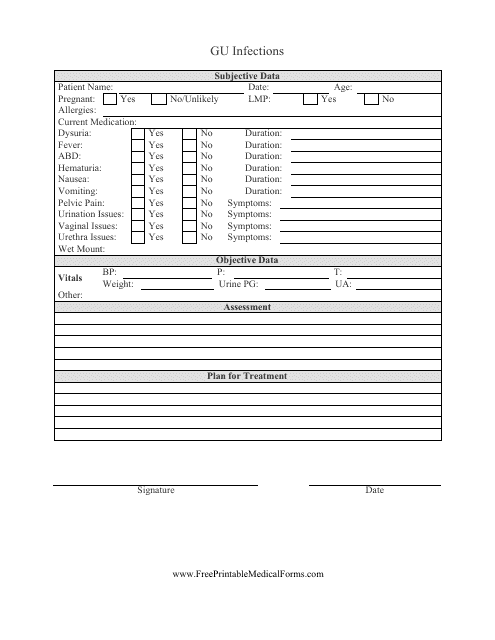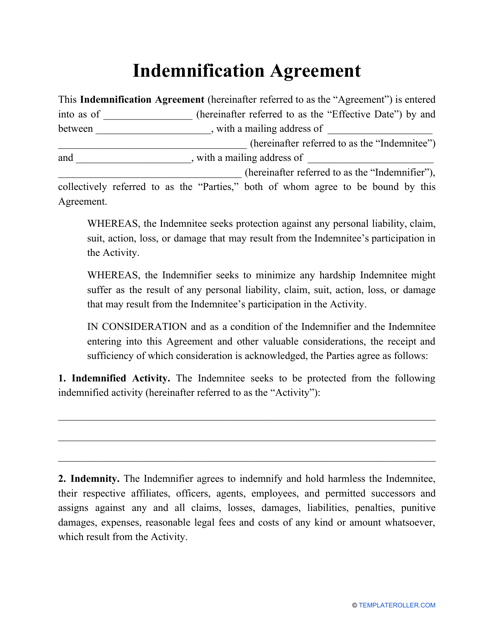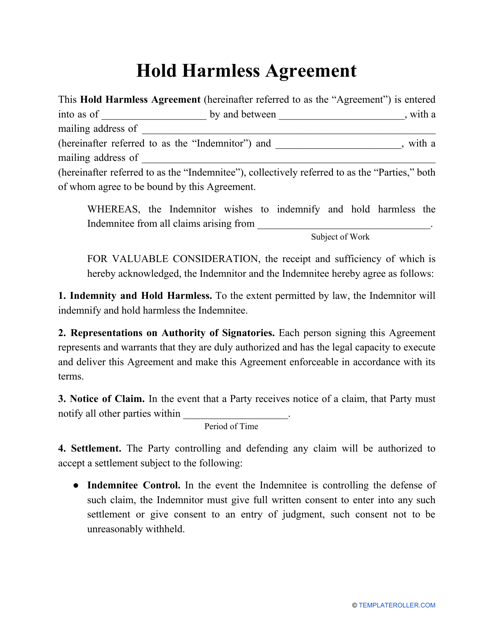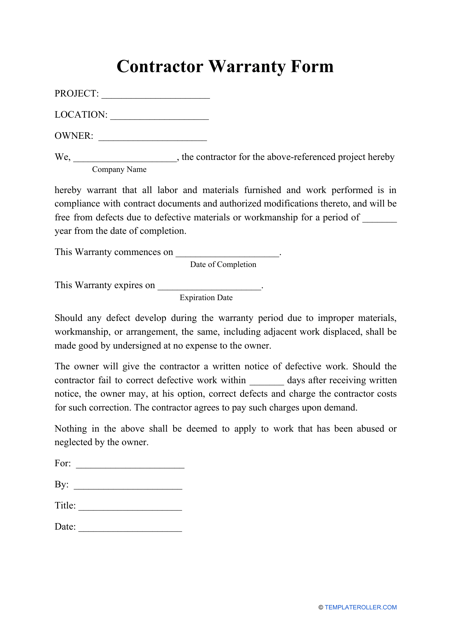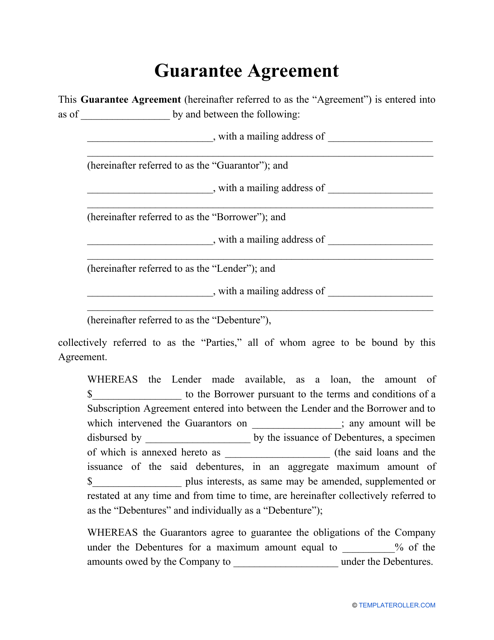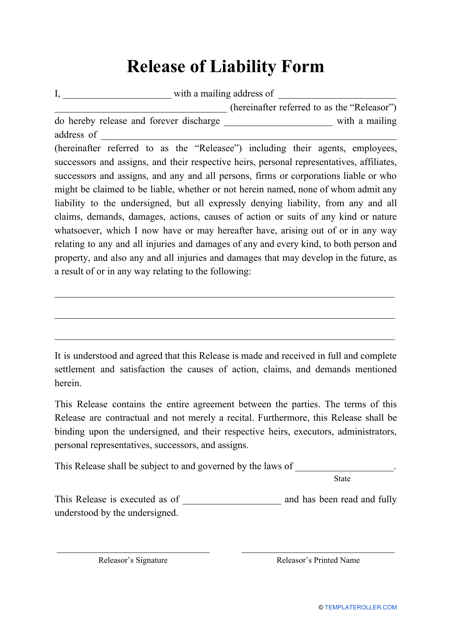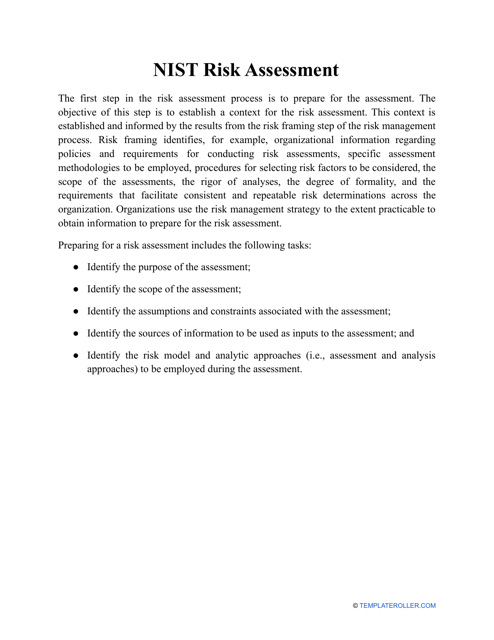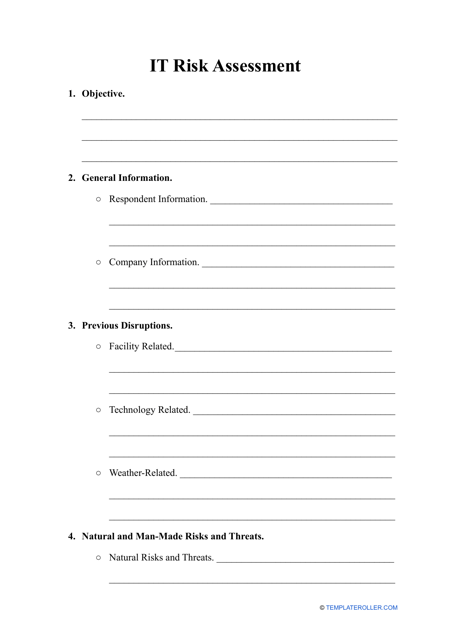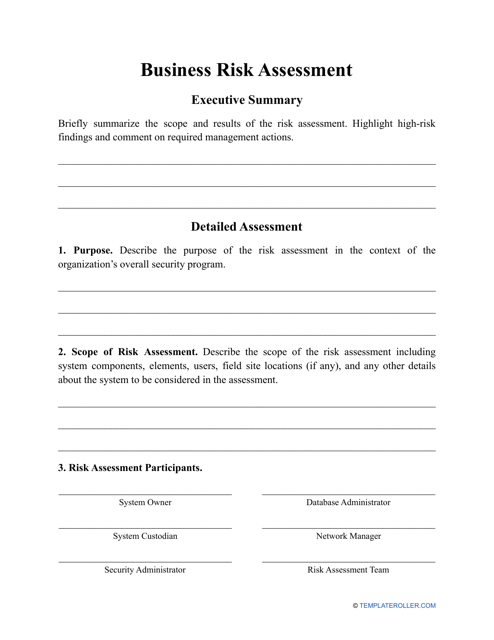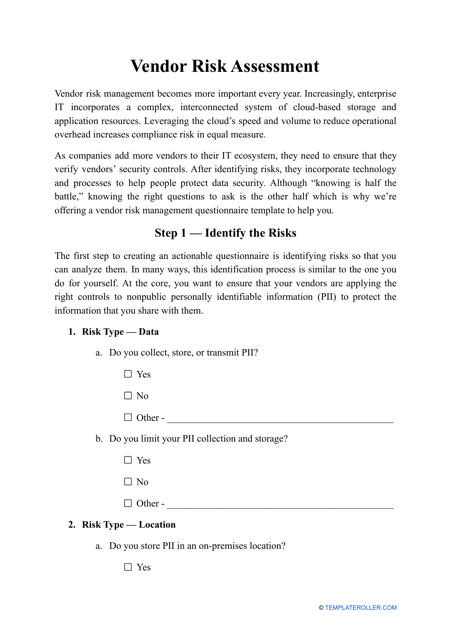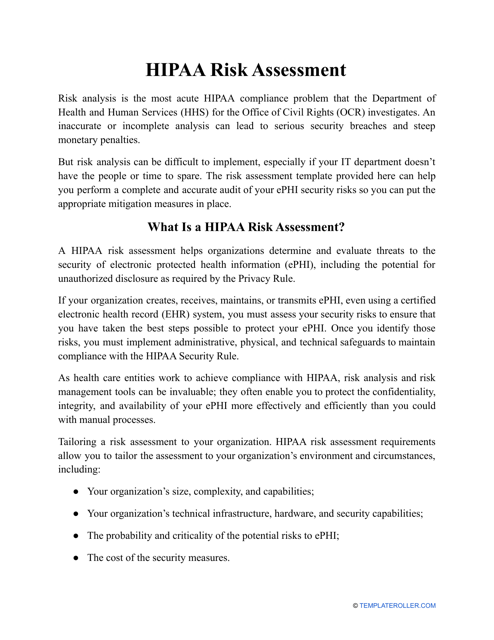Free Warranty Templates
Warranties bind providers of services and manufacturers of goods to keep their end of the transaction – whether the Warranty is expressed or implied, the party that sold merchandise or rendered services must confirm their quality and indicate for how long the purchaser or beneficiary may contact them and ask for repair, replacement, or refund.
What Is a Warranty?
A Warranty is a typed or handwritten document that compels a party to the agreement to act in a specific way – for instance, they must offer products that meet the requirements listed in the contract or provide services that match their description in the agreement, offer, or advertisement. Used in a variety of industries, a Warranty Form assures one party that the product or service delivered by the other party is free from faults and defects. It often contains remedies that compensate for the damage expressed or implied in the contract between two parties – in the event the item or service does not meet the expectations, the non-breaching party is entitled to receive some sort of compensation or the subject matter of the contract is repaired or replaced. You can create a Warranty Letter Template to attach it to your merchandise and share the terms or replacement or repair valid for a particular period of time.
Check out the templates below to provide your business partners and customers with assurances with regard to your products and services, protect your own interests in risky transactions, and customize your own Warranty Template:
- Guarantee Agreement. Under this contract, a third party (guarantor) bears the responsibility for the obligations of the debtor in case the latter fails to make payments to the creditor or lender or violates other contractual provisions.
- Indemnification Agreement. Compose this document to confirm that one of the parties to the agreement is not liable for any damages, losses, and other financial claims during a certain activity.
- Hold Harmless Agreement. This Waiver of Liability is often used in the area of employment to release one party from the responsibility for the losses suffered by another party and offer them protection from potential lawsuits.
- **Contractor Warranty Form is usually prepared by the company or individual charged with a construction project to make a formal promise that the work will be performed according to all existing construction laws and guidelines.
- Release of Liability Form. Draft this statement to verify that one party cannot file a lawsuit against the other in the event of an accident.
- Cease and Desist Collection Letter. Fill out this document and send it to your creditor or debt collector to request them to stop harassing you via mail or phone calls.
- Risk Assessment Checklist. Traditionally used in high-risk areas and industries, this document will allow you to perform an examination of the job or project so that you can single out potential issues and hazards and make arrangements to avoid them.
Haven't found what you are looking for? Take a look at these similar topics:
Documents:
11
This form is used for assessing the risk of infection control in healthcare settings. It helps identify potential risks and implement measures to prevent the spread of infections.
This contract holds one party responsible for the damage or loss suffered by the other party and specifies the compensation that will be available for the negative occurrences.
This document is a legal agreement or clause that declares that one party will not hold another party liable for risk or damage.
This document is signed by the contractor and guarantees that their construction project will meet the safety and quality standards universally accepted by the building and construction industry.
This document acts as an official pledge listing a third party (known as the guarantor) who will ensure payment of a debt will be fully repaid to the creditor.
This is a document through which one party (called the releasor) waives the liability of another party (called the releasee).
This type of assessment refers to a system of evaluating the security of a company following the regulations established by the National Institute of Standards and Technology (NIST)
This is a written analysis of the IT systems of an organization prepared to detect the existing and potential flaws and implement protective measures that will keep the organization or business safe.
This type of assessment is used as a process of identifying and evaluating potential risks that can affect a company's well-being.
Vendors may use this assessment as a process of examining and assessing suppliers for goods and services as prospective business partners before entering into agreements with them.
This document acts as a documented process of identifying flaws and introducing safety measures to protect a health organization.

